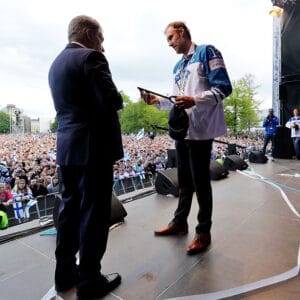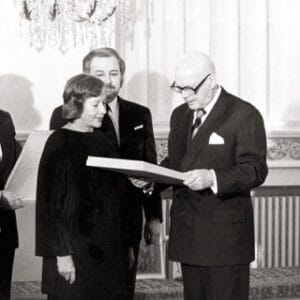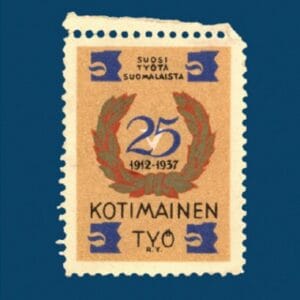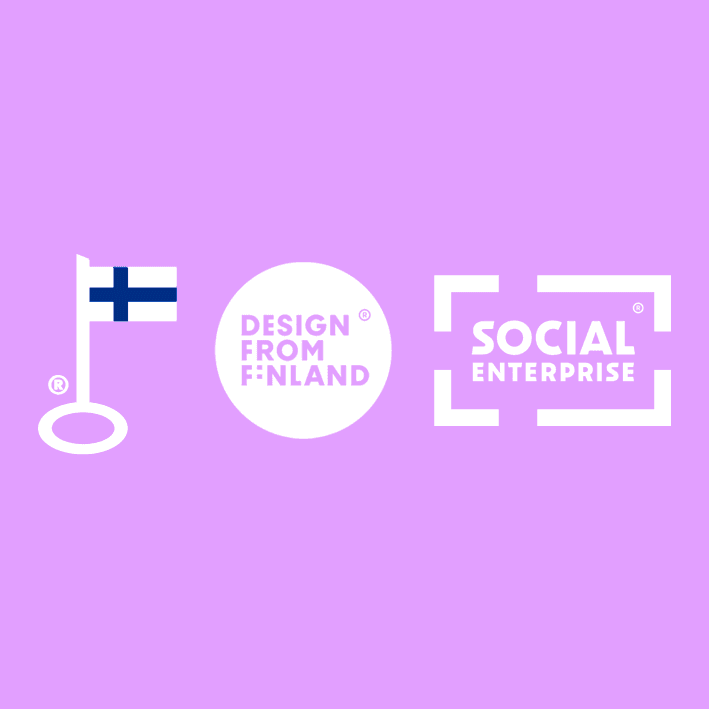About us
We are Finnish Work. Our mission is to make sure that Finnish work and the good it generates do not go unnoticed. Our members cover the whole spectrum of Finnish society, from small workshops and organizations to large international companies
Finnish Work was founded over 100 years ago to promote Finnish work and industry and to strengthen pride in Finnish expertise. We still believe that work brings people together and builds a strong, dynamic society. We love work!









































